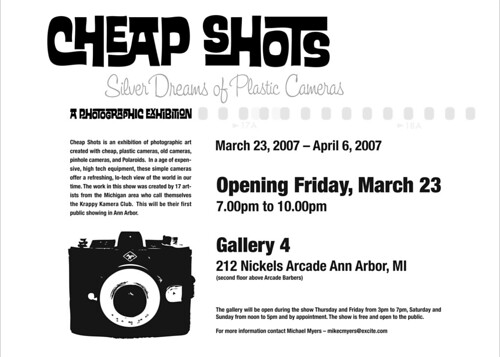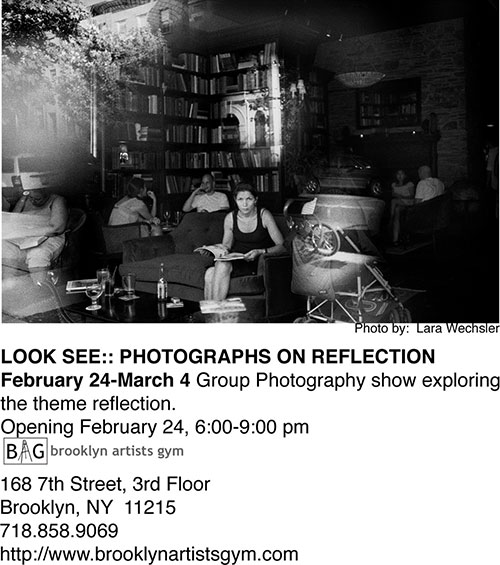35mm and 120, hell yeah!
Direct PDF links: data sheet, development chart
Ilford press release:
Monochrome enthusiasts will welcome the news of the reintroduction of ILFORD SFX 200 infrared film – the unique medium for adding incredible definition and texture control to outdoor black-and-white photography.
Black-and-white goes red
Underlining its commitment to the world of black-and-white photography, ILFORD PHOTO is in the process of reintroducing various specialist films. Leading this movement, and available from March 2007, is the much admired ILFORD SFX 200 infrared film.
ILFORD SFX 200 is a special red-filtered film perfect for landscapes, mountainscapes and similar subjects due to its ability to add high definition to green foliage, cloud formations and open skies, especially when combined with the ILFORD SFX 200 Cokin ‘P’ series mounted red filter. It is also popular with architectural photographers due to its characteristic for emphasising contrasting textures.
A medium speed panchromatic film, ILFORD SFX 200 is available in 35mm and 120 roll film. It has long been a favourite with specialist photographers, but was not continued when the company went through a corporate reorganisation in 2005. Because of its sensitivity, the film will be produced in small quantities on a ‘made on demand’ basis to ensure that it is always fresh and fully active.
"We have always been aware that the black-and-white market incorporates many photographers who revel in pushing the abilities of their film to the maximum in order to attain extreme results," says ILFORD PHOTO marketing director Howard Hopwood.
"The revival of ILFORD SFX 200 film will enable those specialists who concentrate on outdoor photography to achieve a remarkable degree of control over their images, utilising all types of weather conditions to produce their ultimate visual concepts."
A major user of ILFORD SFX 200 is professional photographer Dave Butcher: "Most of my photography is with Ilford FP4+ 120 film," he says "however, I use SFX for the striking effects it produces when foliage is producing infrared (in the Spring and Summer when the sun shines!). Unlike some infrared film, it can be handled in daylight with no special precautions, so it is very easy to use in the mountains where I spend much of my time.
"Another good reason to reach for the SFX is when there is a strong heat haze. It’s difficult to take big views on days like these with normal films like FP4+, but SFX with an infrared filter cuts through the haze and lets you get a shot of the view you can’t even see with the naked eye!"
ILFORD SFX 200 is available in special value promotional packs which contain three rolls of 36×135 film plus an ILFORD COKIN P red filter.
An ILFORD SFX 200 print competition is planned to encourage photographers to experience the versatility of this film, and to put their artistic talents to the test. Full details will be announced shortly.
A full technical data sheet on the ILFORD SFX 200 film can be downloaded from www.ilfordphoto.com

